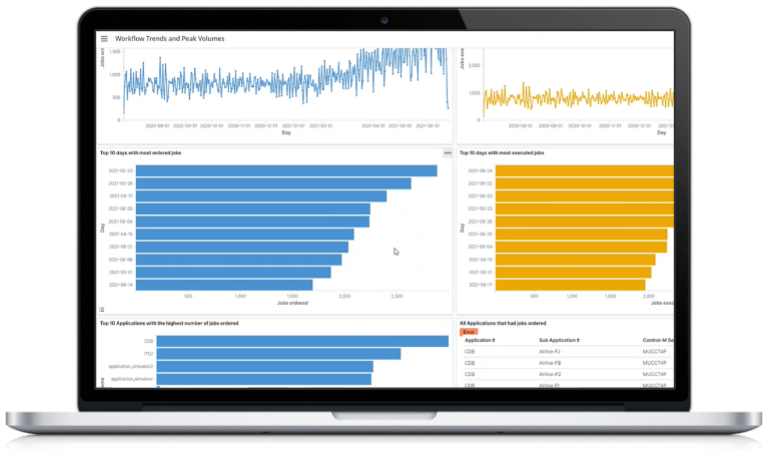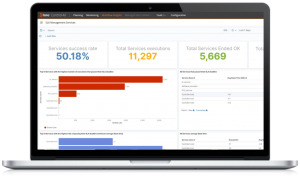“Automate everything that can be automated” is a phrase that we hear often in digital transformation agendas. The importance and focus on automation is not new, but for many organizations, this is now a business priority versus an IT-led initiative. And orchestration and automation of application and data workflows has become a critical need as companies look to operationalize—at scale—the delivery of digital business services from anomaly detection to personalized marketing offers to back-office processes like invoicing/billing, financial close, etc.
Companies that have invested in orchestrating and automating application and data workflows quickly realize that these workflows can become very complicated once they span many different operating systems and data platforms and integrate with applications across on-premises and cloud environments. The other issue is that the constant changes made to these workflows are often a result of changing business needs.
This combination of expanding and changing workflows can degrade the service of application and data workflows, reduce visibility, and significantly impact the overall business, not to mention lead to missed SLAs – both internally and for your customers. IT and engineering teams need a way to optimize workflows and ensure that any changes to them don’t impact business service delivery.
Consider this example: a critical—and now automated—service has been updated with new jobs in the workflow, and what used to take two hours has slowly crept up to three hours or more. These changes are often incremental and it can be difficult to understand their impact on business outcomes if you can’t trend and measure performance against key performance indicators (KPIs).
That’s why I’m pleased to announce today that we are launching a new offering for Control-M from BMC called Control-M Workflow Insights.
Control-M Workflow Insights
Control-M Workflow Insights provides valuable dashboards that give users in-depth observability to continuously monitor and improve performance of the application and data workflows that power critical business services. Users get easy-to-understand dashboards with insights into the trends that emerge from continuous workflow changes to help reduce the risk of adversely impacting business services. By exposing performance drifts, irregularities, and errors early, the time required to resolve issues is significantly reduced, and operations and application development teams can work more autonomously.

Each dashboard uses telemetry gathered from real-time application and data workflow behavior, giving users insights into how they can continually optimize both workflows and resource consumption, prioritize maintenance, and improve SLA performance.

Control-M Workflow Insights also helps organizations:
- Manage KPI tracking and performance, ensuring continuous improvement to business application workflow health and capabilities
- Optimize capacity utilization by exposing potential impacts from onboarding new applications
- Improve forecasting of future infrastructure and capacity needs
- Understand critical SLA service duration and effects on the business
- Find workflow anomalies that could impact Control-M performance and workflow efficiency
To support critical business services, you must move rapidly and implement changes at scale. When deciding what to integrate into your tech stack, it’s an easy choice to pick a solution that efficiently connects your applications and data and their workflows, as well as your Dev and Ops teams.
If you’re ready to reduce risk; get real-time insights into the health of your application and data workflows; increase visibility across your Control-M environment; and improve critical business service delivery, Control-M Workflow Insights can help.
To learn more about Control-M Workflow Insights, check out these resources:
- Datasheet
- Overview video
BMC named a Leader in 2025 Gartner® Magic Quadrant™ for Service Orchestration and Automation Platforms
These postings are my own and do not necessarily represent BMC's position, strategies, or opinion.
See an error or have a suggestion? Please let us know by emailing blogs@bmc.com.







